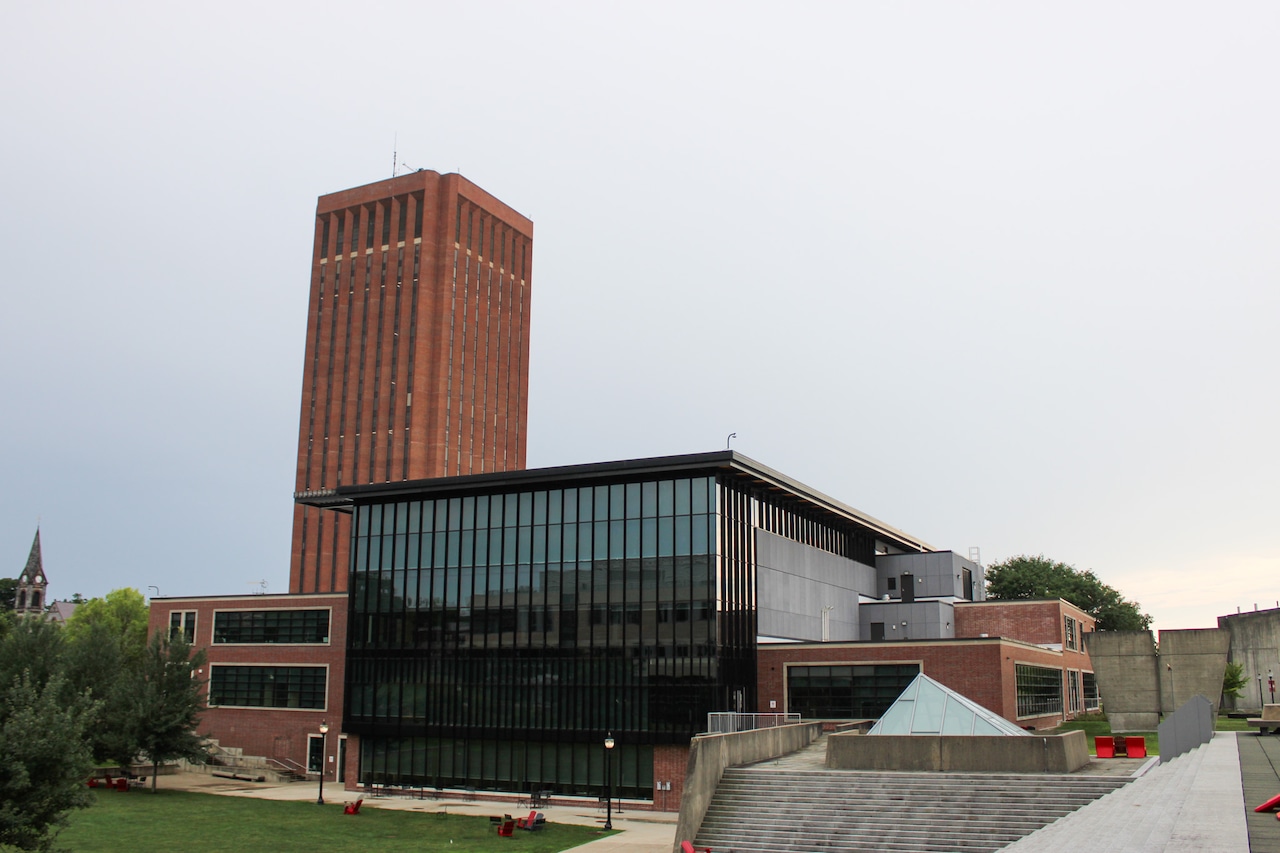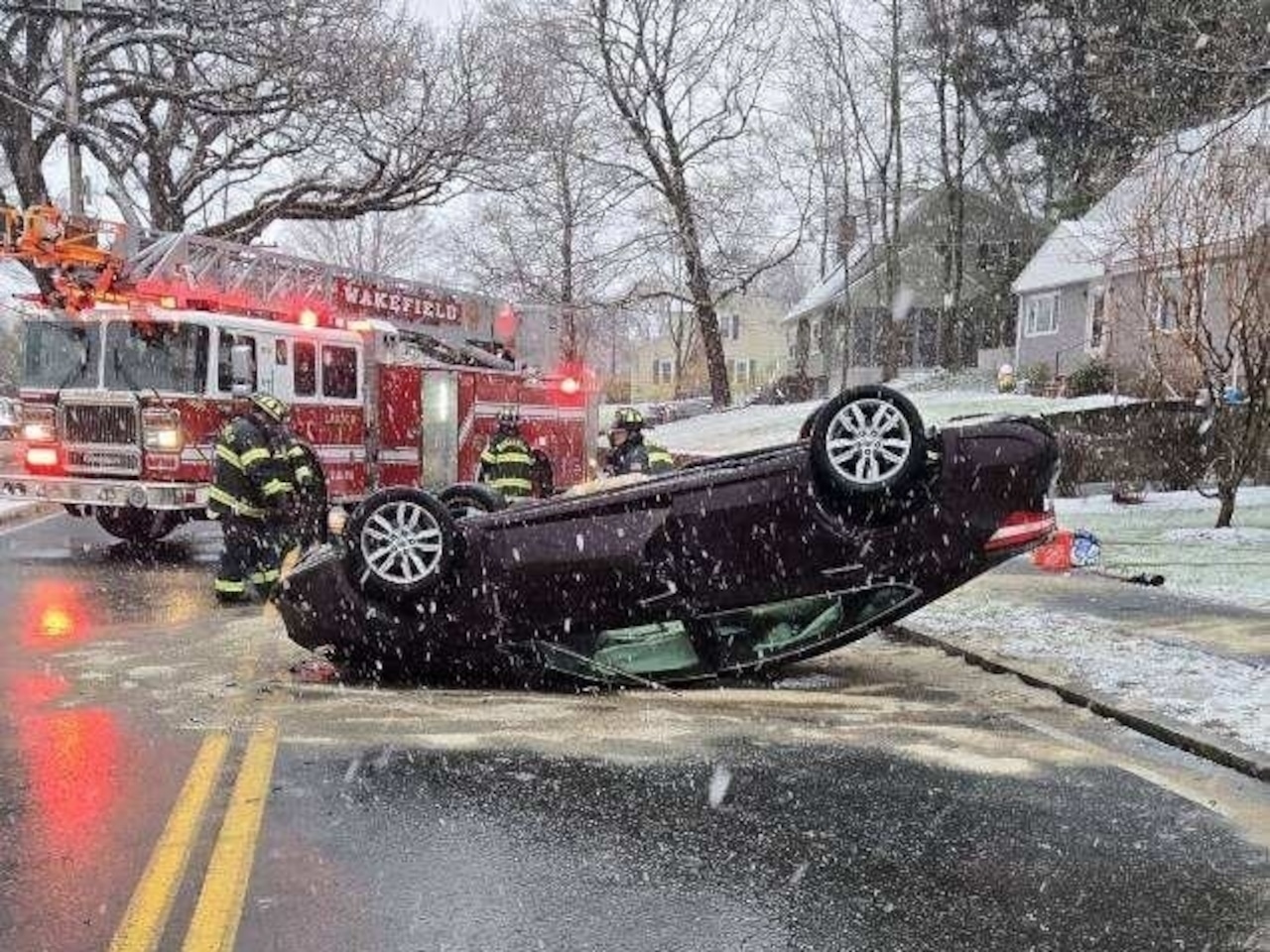
A surprising obstacle could stand between Massachusetts leaders and the state’s climate goals: college campuses.
At a presentation this past week, Matthew Gorzkowicz, the secretary of the state’s Executive Office for Administration and Finance, said that nearly two thirds of all carbon emissions from state buildings come from college campuses.
“In order for us to both tackle our deferred maintenance and meet our climate goals, we really need to focus on our higher ed campuses. We’re simply not going to meet our climate goals as a state without decarbonizing our campuses and working towards that,” Gorzkowicz said before members of the state’s Department of Higher Education board.
Of the 60 million square feet that the state’s Division of Capital Asset Management and Management manages, higher education buildings represent close to 50% or 30 million square feet, Gorzkowicz said.
Current mandates require the state to eliminate fossil fuel consumption and reduce carbon emissions from state buildings by 95% by 2050.
Many of the buildings on college campuses are “aging past their functional lifespan” and the amount of funding given to higher education institutions hasn’t been able to keep pace with the growing deferred maintenance backlog, Gorzkowicz said.
Construction on higher education campuses in the state peaked in the 1970s.
Nationwide, higher education institutions spend an estimated $6 billion annually on energy with over 5 billion square feet of space, according to the U.S. Department of Energy. At the same time, on average, 30% of energy used in commercial buildings, including higher education buildings, is wasted, according to the department.
Bunker Hill Community College president Pam Eddinger referred to one of the main buildings on campus the “50-year-old disaster” during an interview with MassLive last year.
New construction communicates to students that they are worthy.
“Finally, I can see students studying in it and saying, I deserve this. I don’t deserve to study in a dim hallway. And that’s really powerful for me,” Eddinger said.
“It’s … partly environmental, but it’s architectural justice,” Eddinger said.
What the state is doing about the problem
Following a report from the Higher Education Capital Working Group, a $2.5 billion bill, entitled An Act to Build Resilient Infrastructure to Generate Higher Education Transformation, and another $125 million from Gov. Maura Healey’s budget have been proposed to address the deferred maintenance and decarbonization of college buildings.
“This is a really thoughtful, rational approach to addressing a problem that’s admittedly larger than this solves — but this is a huge swing at it,” Chris Gabrieli, the Department of Higher Education board chairman, said at the Tuesday meeting.
The two investments would work in tandem but need to be approved separately. The budget process usually goes until July with the House and Senate proposing their budgets and ultimately coming to an agreement.
“We refuse to kick the can down the road any longer when it comes to educating our kids and training our workers of tomorrow,” Healey said in a January statement touting the proposal to modernize the state’s college campuses.
“With these transformative infrastructure investments, we will give students a cutting-edge education in our affordable public universities and colleges, create thousands of good-paying jobs for our workers and keep our state economically competitive for years to come,” Healey said at the time.
The bond bill would be referred to several committees, including the higher education and Ways and Means committees, and would need to go to the floor for a debate before going back to the Governor’s desk, Gorzkowicz said.
The funds from the legislation would be used for the creation of new cutting-edge labs, upgrading mental health facilities and building energy performance and replacing outdated HVAC systems and modernizing heating and cooling systems, Gorzkowicz said.
Smaller projects, like lab modernization, can be done in two years while larger capital projects may take four to five, according to the presentation.
The investment is the “first significant effort in years to tackle the problems of deferred maintenance, decarbonization and modernization of our public higher ed facilities,” Gorzkowicz said.
Dealing with deferred maintenance
Community colleges in Massachusetts had over a billion dollars in unaddressed deferred maintenance in 2022, according to a report by the Massachusetts Campus Debt Reveal Project.
The UMass system and state institutions, such as Bridgewater State University, have also been dealing with significant deferred maintenance challenges. The university has over $200 million in deferred maintenance, according to their president, Frederick Clark.
Aging infrastructure has been at the top of Springfield Technical Community College’s President John Cook.
“We have the largest community college campus that also has the largest amount of deferred maintenance. We have some very major facilities and infrastructure considerations that we contend with,” Cook told MassLive during an interview last year.
Dealing with building issues is “a constant” and is something that requires “continual nurturing to be sure that we stay on top of,” he said.






